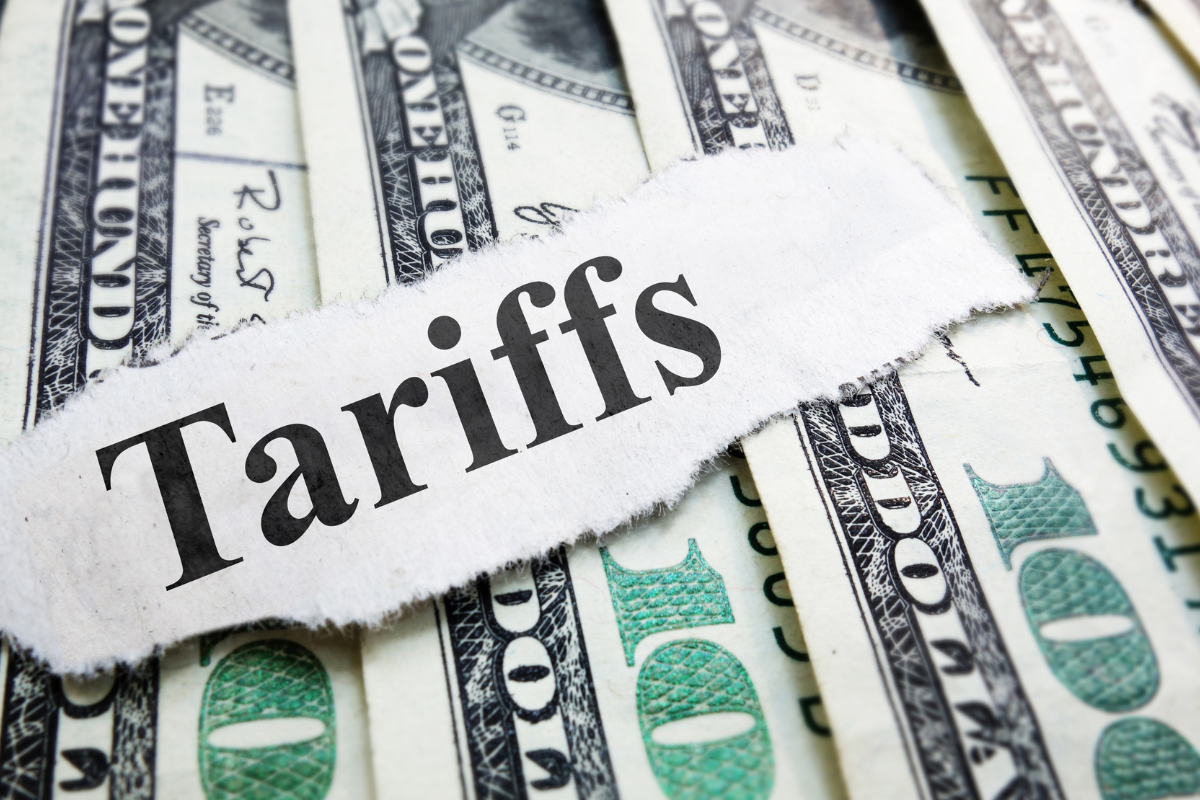
The recent wave of tariffs announced by U.S. President Donald Trump under the Declaration of Economic Independence marks a significant shift in global trade dynamics These measures, including a blanket 10% tariff on all imports, a 25% tariff on foreign-made cars, and new reciprocal tariffs matching the rates imposed on U.S. goods, pose immediate commercial risks for Australian businesses
What Are the New U.S. Tariffs?
On 2 April 2025, the U.S. announced a sweeping 10% tariff on all imports. While the flat rate is intended to apply uniformly across all countries, it is currently subject to a 90-day pause for Australian products and has therefore not yet been implemented.
This temporary reprieve provides short-term relief for Australian businesses but introduces a layer of uncertainty. It remains unclear whether the exemption will be extended, revised, or allowed to lapse. Businesses with exposure to U.S. markets should prepare for the possibility that the tariff will be implemented once the 90-day period ends.
Although Australia generally maintains low tariffs on U.S. goods, the proposed flat 10% rate would override existing reciprocal arrangements (e.g. a 2.5% duty on certain U.S. products) and could disrupt trade dynamics. This policy builds on earlier protectionist measures, such as the 25% tariffs on Australian aluminium and steel, and adds further uncertainty for exporters, particularly in sensitive sectors like beef, where President Trump has alleged unfair market access.
These tariff actions are part of a broader U.S. strategy to boost domestic manufacturing, reduce reliance on foreign supply chains, and reassert economic dominance in strategic rivalries, especially with China.
Implications for Australian Clients
The new U.S. tariffs will have global ramifications, impacting Australian businesses even if they do not export directly to the United States. This is due in part to the 125% tariff imposed on Chinese goods, which are not subject to the 90-day pause. These measures will disrupt global supply chains, inflate input costs, and increase regulatory complexity, particularly for businesses that rely on internationally sourced goods or operate in cross-border markets.
Below are some of the key risks based on sector insights:
- Exporters & Agribusiness: Reduced global demand; retaliatory tariffs affecting grain, beef, and livestock exports.
- Food Processing & Manufacturing: Volatile input costs; delays in accessing foreign components.
- Transport & Infrastructure: Imported equipment delays; cost overruns on construction projects.
- Equine & Thoroughbred Industry: Export/import bottlenecks (equipment, feed, biotech etc.) and increased biosecurity controls.
- Tech & Agritech Startups: Disruptions in tech sourcing and funding pressure.
- Institutional & Cross-Border Clients: Increased compliance complexity across regions.
Strategic Response: Lessons from China Trade Tensions
Australia’s experience during its 2020–2024 trade dispute with China illustrates a playbook for resilience. Government-backed diversification efforts helped redirect exports of wine, barley, and seafood to new markets in the EU, Japan, and Southeast Asia. However, fewer untapped markets exist today, and dual exposure to both China and the U.S. heightens geopolitical risk.
In this context, legal preparedness is critical. Contracts, supply chain terms, dispute resolution clauses, and foreign investment structures must be reviewed and future proofed. Businesses must also remain alert to potential non-tariff barriers—such as biosecurity challenges or sanctions-like measures disguised as economic levers.
Looking Ahead: Balancing Economic and Strategic Interests
The Australian Government has ruled out retaliatory tariffs and is pursuing World Trade Organisation (‘WTO’) dispute resolution mechanisms. It is also reinforcing diplomatic and trade efforts and new bilateral deals with the UAE, India, and others.
In a worst-case escalation scenario, secondary tariffs or targeted restrictions could emerge, pressuring Australia to reassess its economic ties with China. This creates strategic tension, maintaining neutrality between two superpowers while protecting national economic interests.
Recommendations for Clients
- Review Contracts: Ensure terms account for supply chain disruptions, tariff impositions, and jurisdictional compliance requirements.
- Reassess Market Exposure: Map existing trade dependencies with the U.S. and China and plan for diversification.
- Engage Government Programs: Leverage the federal support packages announced for affected exporters.
- Monitor Developments: Stay abreast of tariff shifts, WTO challenges, and geostrategic signals.
How Morgan + English Can Help
Our team offers specialist insight across commercial, trade, dispute resolution and IP. Whether it is adapting your business to new trade rules, navigating contract terms, or protecting your strategic interests in cross-border transactions, we are here to help.
If you would like to discuss how these developments may affect your organisation, please get in touch with Daniel Morgan (daniel@morganenglish.com.au) and the team at M+E today.



